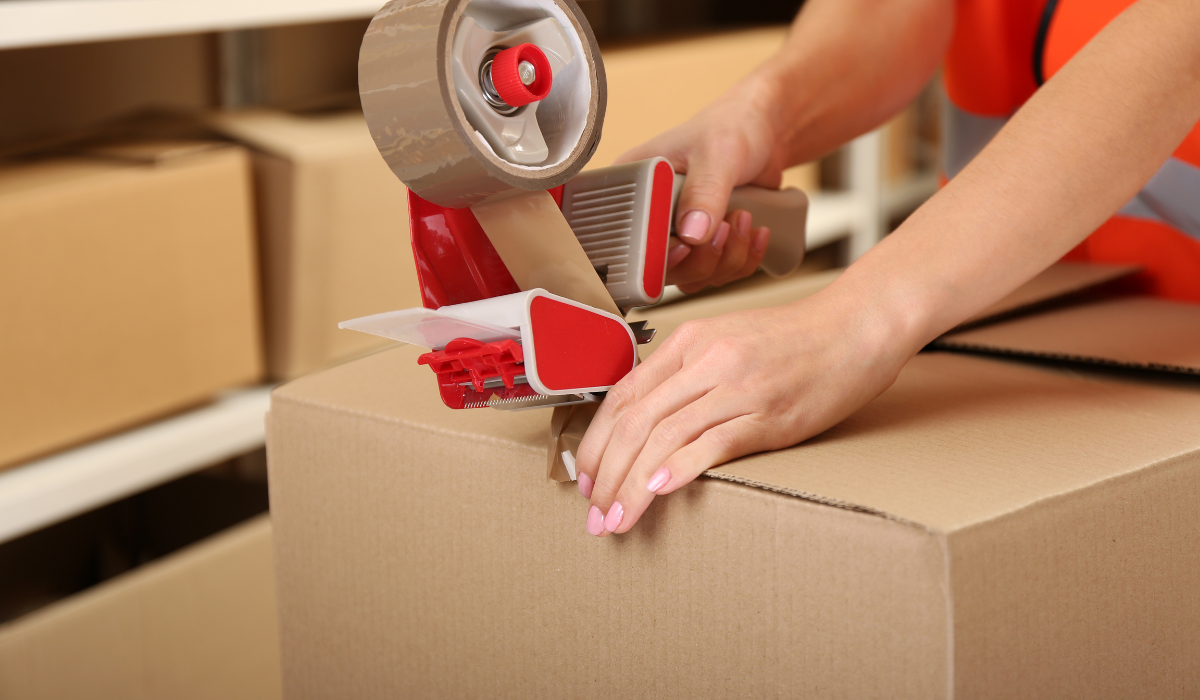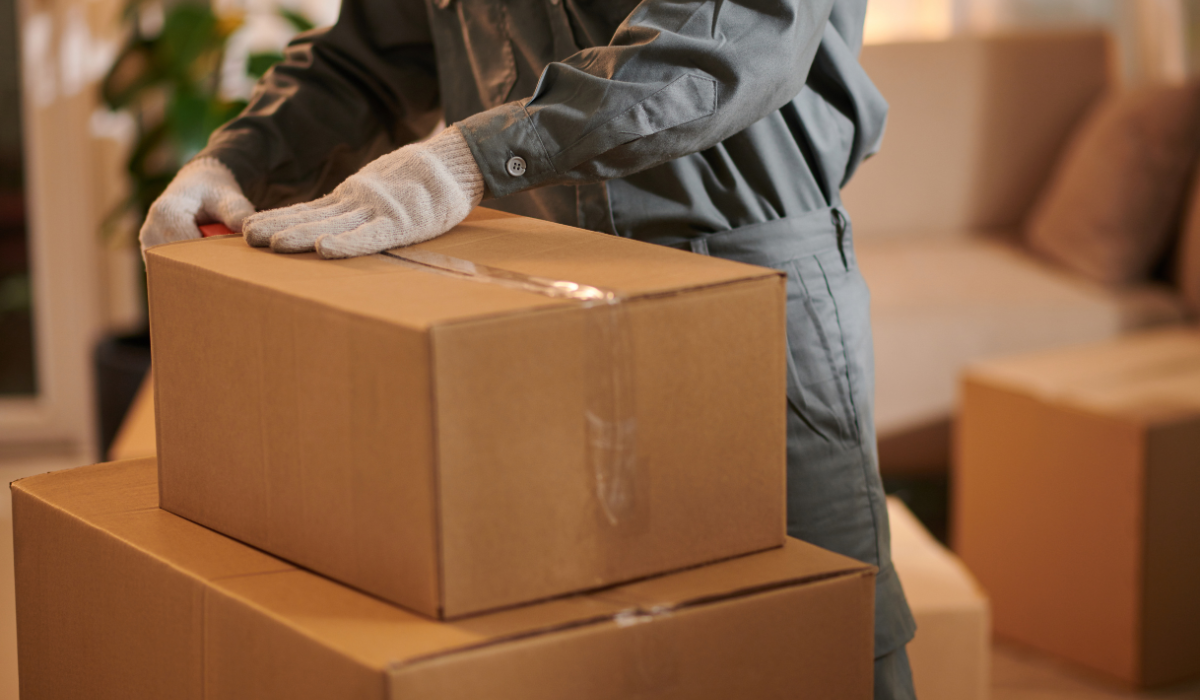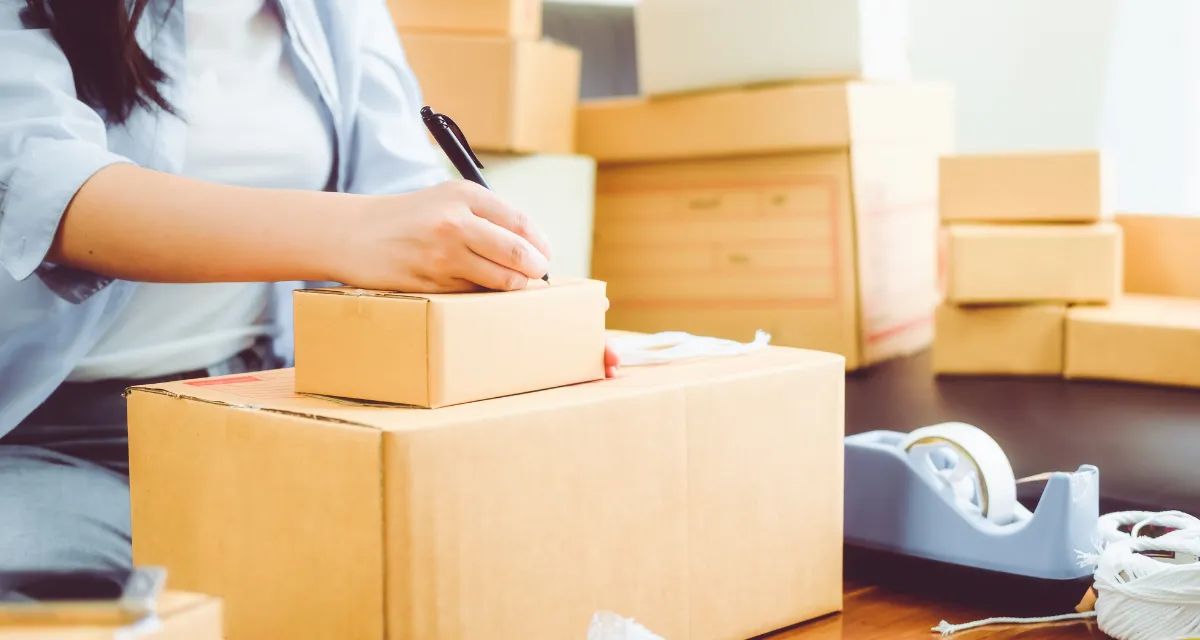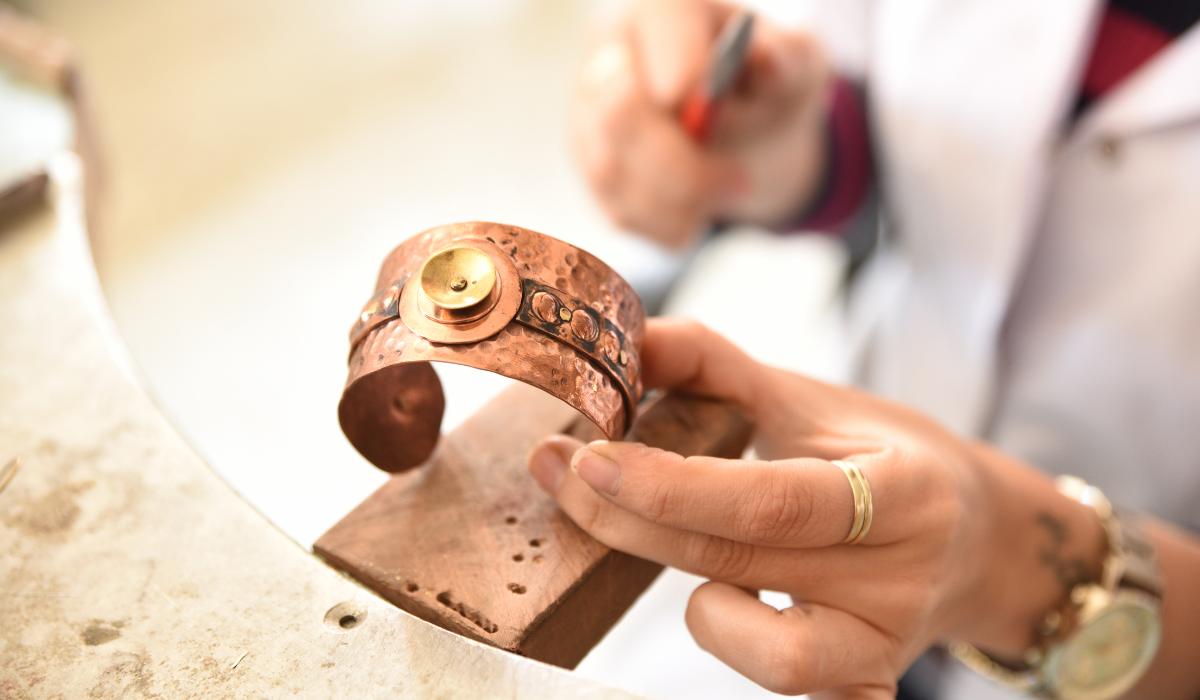What Should You Bring When Selling Jewelry or Precious Metals for Cash?
Essential Items You Must Carry to Get the Best Value for Your Jewelry or Precious Metals
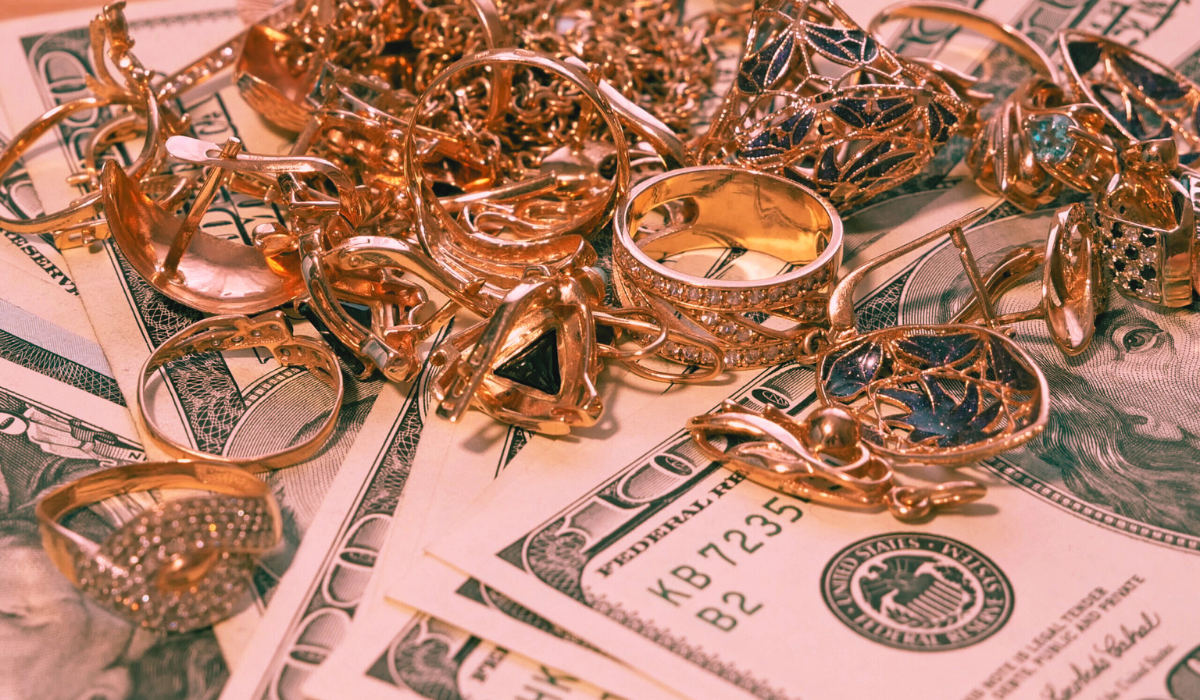
Selling jewelry or precious metals can be an excellent way to unlock immediate cash—especially if you have old, unwanted, or broken pieces sitting unused in a drawer.
Whether you’re dealing with gold, silver, platinum, fine gemstones, or luxury items like watches, preparation is key.
Bringing the right documents, accessories, and materials can dramatically improve your selling experience and ensure you receive a fair, accurate offer.
This guide walks you through exactly what to bring, what to expect, and how to prepare before you walk into a shop or meet with a buyer.
Whether you're looking to sell precious metals or part with heirloom jewelry, being informed ensures a smoother and more profitable transaction.
1. Identification and Required Documentation
The first thing any legitimate buyer will ask for is identification.
This step protects both buyers and sellers from fraudulent activity and ensures compliance with local regulations.
Bring a Valid Photo ID
You should arrive with one of the following:
- Driver’s license
- Passport
- State-issued ID card
- Military ID
Most states require buyers to record the ID details of sellers, especially when precious metals or high-value items are involved.
Why ID Is Important
- Prevents the resale of stolen goods
- Provides legal transparency
- Ensures you are paid correctly and securely
If you forget your ID, most reputable dealers will not complete the transaction, so be sure to bring a valid document.
2. Certificates, Appraisals, and Paperwork
When selling jewelry, especially high-end or gemstone pieces, the value increases when documentation is available.
This is where jewelry appraisal requirements come into play.
Bring Any Appraisal Reports
Appraisal documents can:
- Verify gemstone quality
- Detail metal karat or purity
- Authenticate designer or branded jewelry
- Estimate insurance replacement value
Appraisals are especially important for pieces containing diamonds, emeralds, sapphires, rubies, or rare gemstones.
Certification for Gemstones or Diamonds
Bring any grading certificates from:
- GIA (Gemological Institute of America)
- AGS (American Gem Society)
- EGL (European Gemological Laboratory)
- IGI (International Gemological Institute)
These certificates significantly increase transparency and can help you negotiate a better payout.
Original Receipts
Receipts are helpful, though not essential. They provide:
- Proof of purchase
- Designer verification
- Material confirmation
Luxury brands such as Tiffany & Co., Cartier, or Rolex often command higher offers when receipts or paperwork are included.
3. Original Boxes, Packaging, and Accessories
Presentation matters more than many sellers realize.
When selling jewelry, watches, or precious metals, the inclusion of original packaging can increase the item's resale value.
Items to Bring
- Original jewelry boxes
- Watch boxes
- Warranty cards
- Authentication papers
- Cleaning cloths
- Extra links for watches
- Branding pouches
For high-end watches like Rolex, Omega, or Breitling, the box and papers can drastically elevate the value.
Even with non-luxury items, original packaging signals that the piece has been well cared for, which increases buyer confidence.
4. Any Broken Pieces, Extra Parts, or Unused Metals
Many people don't realize that broken jewelry or loose pieces of precious metal still hold value—especially if you're looking to sell precious metals by weight.
Items Worth Bringing
- Broken gold chains
- Single earrings
- Bent rings
- Damaged bracelets
- Loose gemstones
- Scrap gold or silver
- Dental gold
- Old coins
Even if the item looks unusable, buyers can extract and melt down the precious metals.
In many cases, scrap metals are weighed and priced based on purity and current market value.
5. Documentation for Coins and Bullion
If you're selling gold coins, silver rounds, or bullion bars, additional proof of authenticity is crucial.
Items to Bring
- Mint certificates
- Assay cards
- Grading reports (PCGS, NGC, ANACS)
- Original mint packaging and capsules
Coins and bullion are often purchased for both metal weight and collectible value, so documentation can increase the amount you're offered.
6. Research and Market Knowledge
To get the best price, you should prepare before walking into any dealer.
The gold, silver, and platinum markets fluctuate daily, so knowing the current trends can help you negotiate more confidently.
Do a Quick Market Check
- Look up gold and silver spot prices
- Read recent market trends
- Compare prices from multiple buyers
A seller who knows the current melt value has a better chance of receiving a fair and competitive offer.
7. A Clean—but Untreated—Item
Buyers do not expect your jewelry to look brand-new, but bringing clean items shows that they are well maintained.
However, avoid DIY repairs or over-polishing, as this can damage the piece or reduce value.
How to Prepare Items
- Gently wipe jewelry with a soft cloth
- Avoid using chemicals
- Don’t attempt repairs
- Don’t remove gemstones
Presenting the item in good condition helps buyers evaluate craftsmanship and detail accurately.
8. A List of What You're Selling
If you're bringing multiple items, prepare a simple list so nothing gets misplaced or forgotten.
Your List Can Include
- Item descriptions
- Approximate purchase dates
- Notes about appraisals
- Expected value range
This makes the selling process organized and prevents disputes or misunderstandings.
9. Knowledge of Your Selling Priorities
Before meeting with a buyer, know what matters most to you:
- Immediate cash?
- Highest payout?
- Selling quickly?
- Receiving a detailed evaluation?
Some sellers prefer to accept slightly less for faster service, while others are willing to wait for the highest offer.
Having your priorities clear ensures you leave satisfied with the outcome.
10. Payment Method Preferences
Many buyers offer multiple payment options, including:
- Cash
- Check
- Bank transfer
- Digital wallet payments
If you prefer a specific method, clarify this before finalizing the transaction.
Some forms of payment may require additional ID verification.
11. A Trusted Friend or Companion
When selling high-value items, especially gold or collectible jewelry, bringing someone along adds an extra layer of safety and comfort.
This is especially helpful if you’re carrying expensive pieces or large quantities.
Final Tips for a Smooth Selling Experience
- Get multiple quotes before selling
- Avoid mail-in buyers unless highly reputable
- Choose licensed and certified buyers
- Understand that resale value differs from retail value
- Ask questions during the evaluation
When you walk in prepared—with documentation, accessories, and a clear understanding of your item’s value—you increase your chances of receiving a fair, transparent offer.
Whether you're hoping to declutter, downsize, or simply turn unused items into cash, bringing these essentials will help your selling experience go smoothly and confidently.
FAQs
What is the most important thing to bring when selling jewelry or precious metals?
The most important item to bring is a valid government-issued photo ID, such as a driver’s license, passport, or state ID card. Precious metal buyers are legally required to verify your identity before completing a transaction. This measure protects both buyers and sellers, prevents the handling of stolen goods, and ensures proper recordkeeping.
Do I need an appraisal before selling jewelry?
You do not need an appraisal to sell jewelry; however, having one can be highly beneficial. Appraisals help document gemstone quality, metal purity, craftsmanship details, and insurance replacement value. These jewelry appraisal requirements help buyers assess the item more accurately and often lead to stronger offers. If you’re selling high-value items, designer pieces, or gemstones, an appraisal is especially helpful.
Can I sell precious metals if the jewelry is broken or damaged?
Yes. Many buyers will sell precious metals based on purity and weight, not condition. Broken chains, single earrings, bent rings, and scrap gold or silver still have value. The buyer melts these items down and pays according to the metal’s karat and current market value.
What certificates should I bring for diamonds or gemstones?
For diamonds and high-quality gemstones, certificates from reputable gemological labs can significantly increase your offer. Bring documents from:
- GIA (Gemological Institute of America)
- AGS (American Gem Society)
- IGI (International Gemological Institute)
- EGL (European Gemological Laboratory)
These certificates verify cut, clarity, carat weight, and color—information buyers rely on to give accurate, transparent evaluations.
Should I bring original boxes or brand packaging?
Yes. Original boxes, warranty cards, receipts, and packaging add value—especially for luxury brands like Cartier, Tiffany & Co., Rolex, or Omega. “Box and papers” can dramatically increase resale value for watches and branded jewelry because they serve as proof of authenticity and indicate proper care.
Do buyers pay more for jewelry with receipts?
Receipts aren’t required, but they can help confirm authenticity, purchase history, and original details. Although the resale price won’t match the original retail price, receipts can support higher offers by establishing trust and clarity.
What should I bring if I want to sell precious metals like gold bars or silver coins?
For bullion, coins, or bars, bring:
- Assay cards
- Mint certificates
- Proof packaging
- Grading reports (PCGS, NGC, ANACS)
These documents authenticate purity and weight and can substantially increase your payout—especially for collectible coins or certified bullion.
Should I clean my jewelry before selling it?
Light cleaning using a soft cloth is fine, but avoid chemicals, harsh cleaners, or DIY polishing. Over-cleaning can damage the metal or gemstones. Professionals prefer examining jewelry in its natural condition to avoid misinterpretation during grading.
Do I need to remove gemstones before selling gold or silver jewelry?
No. You should leave all gemstones and pieces intact. Removing stones on your own can damage the jewelry and reduce its value. Buyers often have tools and skills to safely remove stones during evaluation if needed.
What if I don't have any documentation for my jewelry or metals?
You can still sell your items without paperwork. Buyers will evaluate them based on purity, weight, condition, and market value. However, having documentation—especially for gemstones or branded pieces—helps you secure a more competitive offer.





